A brief history of pain self-management – part two
23rd July 2024 | Dr Patrick Hill
Last time, I described how philosopher René Descartes first identified the brain as being vital to understanding pain, and how surgeons treating casualties on battlefields from the US Civil War to the Somme added to our understanding through their first-hand observations. This time, we fast forward to the 1960s and psychologists who were beginning to apply behavioural psychology to the understanding and management of particularly chronic or persistent pain, for which they had little effective medical treatment . . .
Psychologists observed that people with long term pain behaved in certain ways. For example, they avoiding normal activities like walking or housework. They also (understandably) complained about their pain and its impact on their lives and even seemed depressed. So psychologists thought that changing these behaviours for more positive ones such as progressive exercise, setting positive, achievable goals, having more positive social interaction, would help people feel better able to cope with their pain. And they were right.
The first pain management programmes in the 1970s focused on changing these ‘pain behaviour’ factors. They worked, suggesting that perhaps psycho-social factors were as important as physical ones in the production and management of pain, particularly long term pain. These techniques evolved to incorporate the new cognitive behavioural therapy (CBT) approaches and from the 2000s a whole range of ‘third wave’ techniques emerged as emotional factors like Acceptance and Commitment therapy (ACT) Mindfulness Based CBT, and Compassion Focussed Therapy (CFT) were integrated into pain management programmes. Although this approach was still largely seen by the professional establishment as ‘treatment’ for pain, the intervention was in fact training in the skills of patient self-management.
The first pain management programmes in the 1970s were a response to the idea that perhaps psycho-social factors were as important as physical ones in the production and management of pain
Social Learning theory
Albert Bandura’s Social Learning theory (first published in 1977) argues that people learn behaviour from the environment through observation, imitation and modelling. Bandura’s work drew the attention of Kate Lorig, who worked with people with arthritis at Stanford University Medical School. In 1980 she developed what was explicitly called a self-management course for people with arthritis. Kate and her team developed a substantial body of peer-reviewed research showing the effectiveness of this approach. They also found that 50% or more of the course participants had co-existing long-term conditions, such as diabetes or coronary heart disease. This discovery gave rise to the development of the Chronic Disease Self-Management Course (CDSMC) – a generic, long term conditions self-management training course, rather than one that was disease specific. The CDSMC was piloted in California in the early 1990s and the first research published by Stanford’s Patient Education Research Center (PERC) in 1998.
Taking things a step further, Kate reasoned that if lay people with long term conditions could be trained to deliver courses like the CDSMC (thanks to the modelling possibilities) then the training could be even more powerful than that delivered by professionals (who, after all, didn’t have the lived experience of either pain or one or more long term conditions). International evidence, including from the UK, indicated that it was as effective as anything delivered by health professionals.
Rise of the Expert Patient
In the UK there was a growing interest in the management of long term conditions and the Department of Health subsequently published ‘The Expert Patient: A New Approach to Chronic Disease Management for the 21st Century’ in August 2001. This proposed the introduction of lay-led, generic self-management training for people with long term conditions, based on the CDSMC, as part of the NHS primary care service in England. This began as a large scale Department of Health project in 2002 and the Expert Patients Programme was eventually established as one of the first Community Interest Companies in 2007 and is still running.
But of course stand-alone self-management support programmes are unlikely to result in long-term change if the rest of the health system remains focused on short-term treatment and acute conditions. So bodies like the UK’s Health Foundation proposed better training for professionals as well making changes to the way health organisations delivered services. One result of this has been embedding co-production as an important principle. Many health organisations have now adopted this approach and organisations like LWWP, for example, integrate this patient-professional partnership into all aspects of its work.
Wider implications
Another important piece of work that had a significant influence on bringing the LWWP team together was in a completely different clinical area – coronary heart disease. By the 1980s the evidence that undertaking a Cardiac Rehabilitation Programme after a heart attack or heart surgery had significant, sometime life saving benefits, was becoming clear. Cardiac Rehabilitation Programmes are another form of self-management support, aimed at helping people make important lifestyle changes, such as increasing exercise and changing their diet, as well as support to stop smoking.
The aim was to get people to take part in these programmes, approximately eight weeks after they had been discharged from hospital, but many were of working age and wanted to get back to work. The eight week NHS programmes were usually run during working hours and having had so much time off already, people were reluctant to take more time to attend.
Bob Lewin, a psychologist in Edinburgh, followed up with some people said they were quite willing to do the programme, but not during 9 to 5. In the 1990s Bob and his team decided to put the programme into a self-help manual and showed very clearly, that with a small amount of telephone support from specialist cardiac nurses, people could use the ‘Heart Manual’ they produced very effectively at home. This proved very successful, showing clearly that with the right information and minimal professional support, people could develop a range of effective self-management skills and important lifestyle changes.
Conclusion
Pain self-management is often inaccessible for many people, especially in some rural areas. So, in about 2010 a team of us, including Frances Cole and myself worked with Bob Lewin to take the principles and evidence from the Heart Manual work and apply them to pain self-management. We came up with ‘The Pain Management Plan’, a self-help manual which has been used widely by NHS services, especially with people who couldn’t attend a face-to-face programme.
And of course the COVID lockdowns proved a particular challenge and the Pain Management Plan came into its own as a vital tool for some NHS pain services. Once the manual had been posted out to people, support was initially provided by telephone. But as we now know, everyone very quickly took up video-calling with Zoom and Microsoft Teams!
Without this wide-spread adoption of video calling, perhaps Live Well with Pain might have become nothing more than just another useful website, instead of the vital and expanding training resource it has since become.

ABOVE: The first Chronic Disease Self-Management Course was piloted in California in the early 90s and researched by Stanford University’s Patient Education Research Center.
This article first appeared in Live Well with Pain’s July 2024 newsletter.
You can download a PDF of the July edition here:
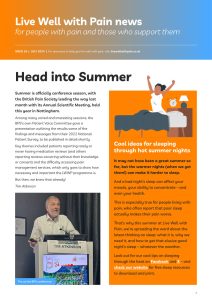
 What is self management?
What is self management? Using our resources
Using our resources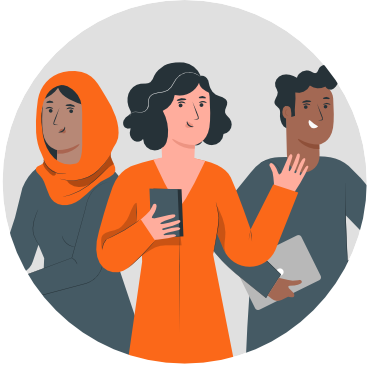 About us
About us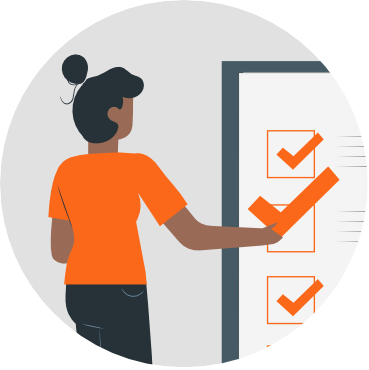 Always trusted, always free
Always trusted, always free Explore our resources
Explore our resources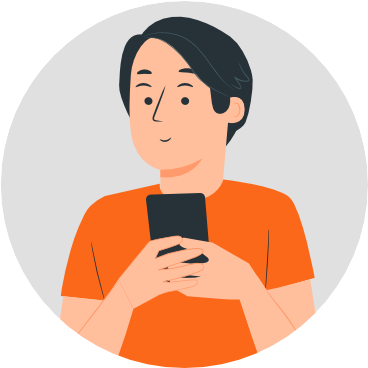 Ten Footsteps programme
Ten Footsteps programme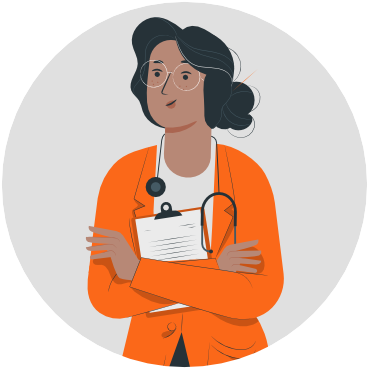 Professional tools
Professional tools Training for practitioners
Training for practitioners Our newsletter
Our newsletter Inspire – our blog
Inspire – our blog